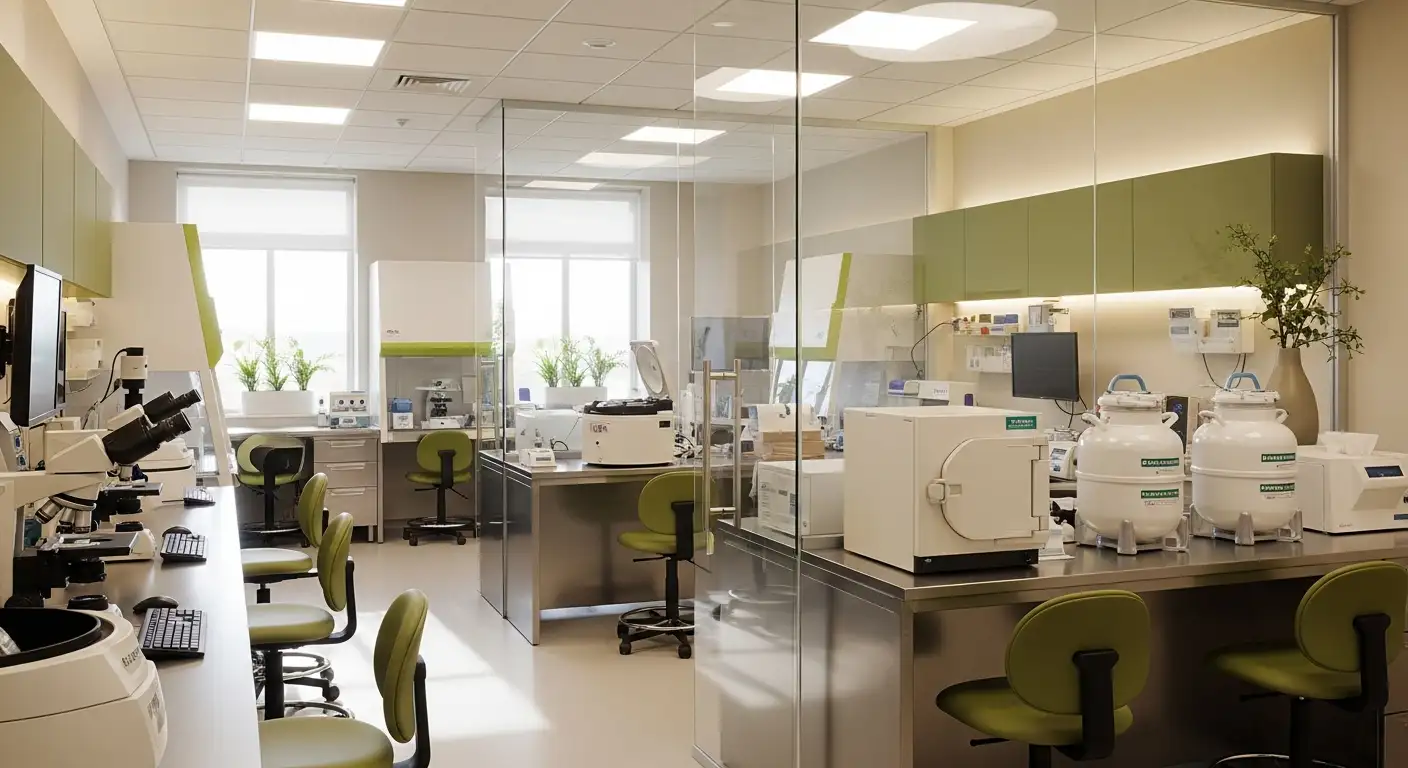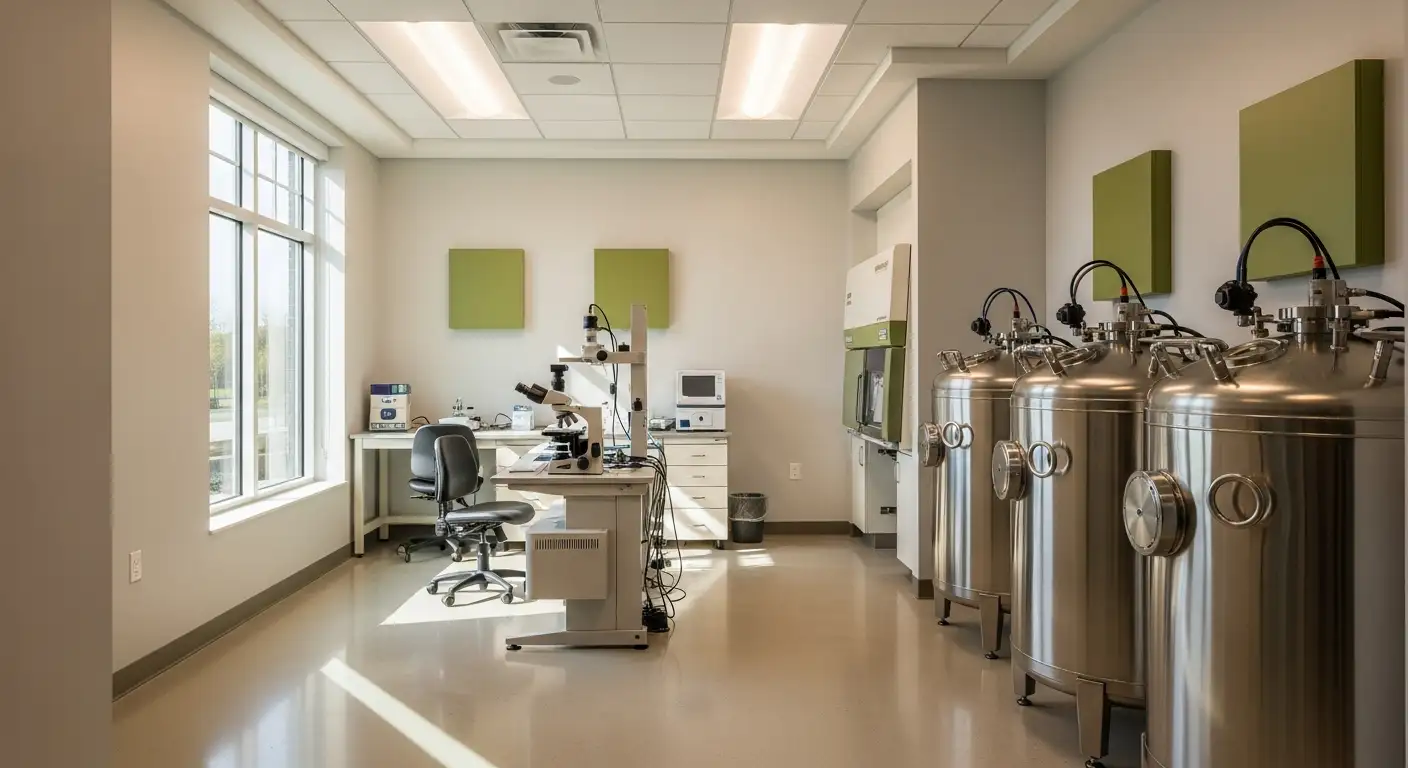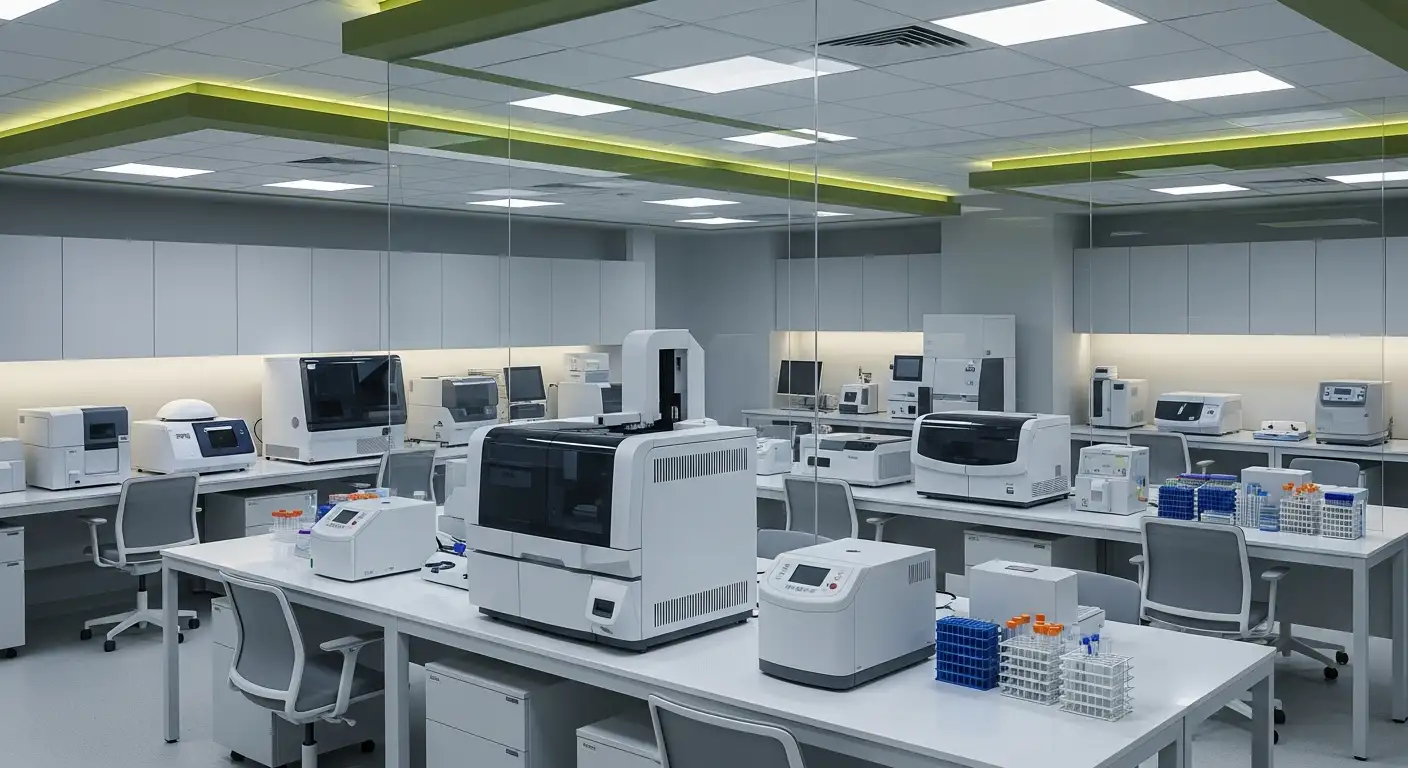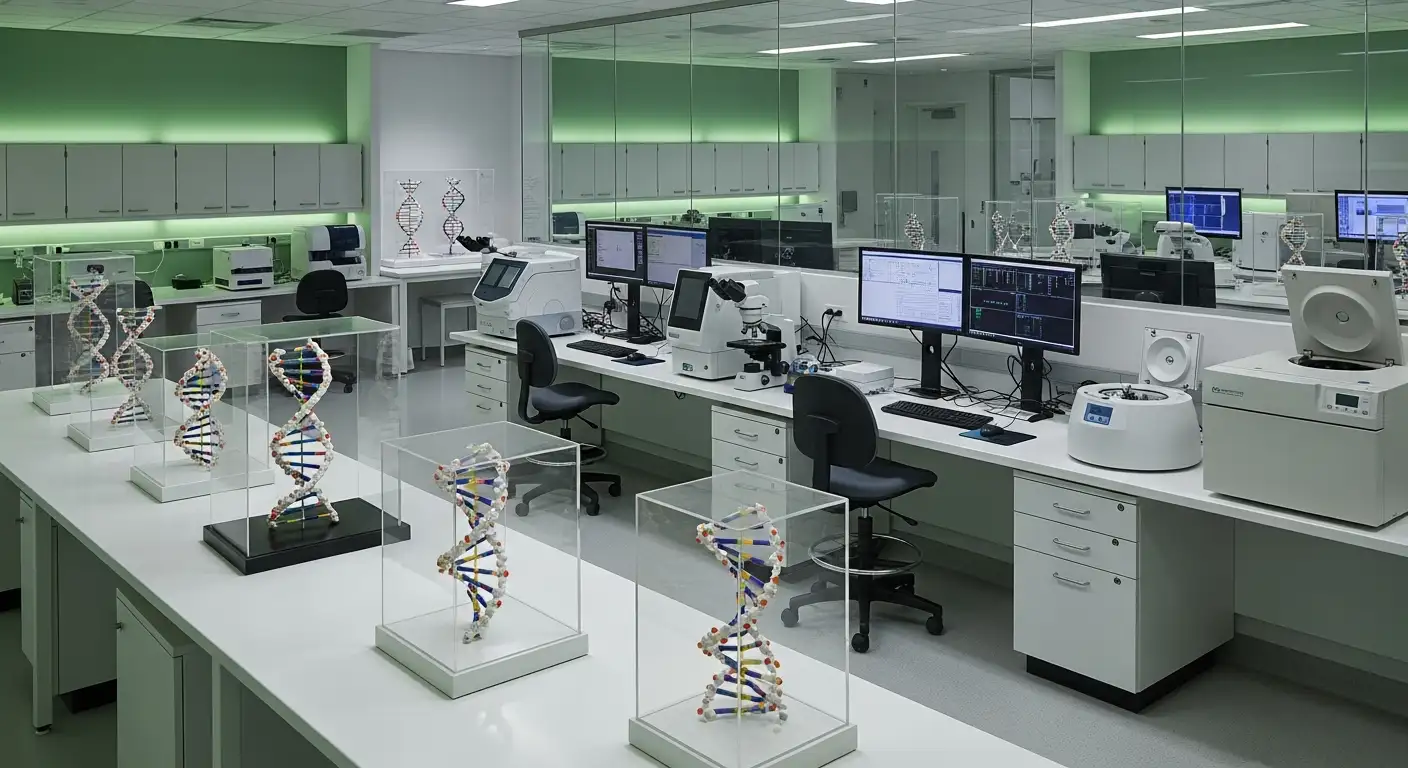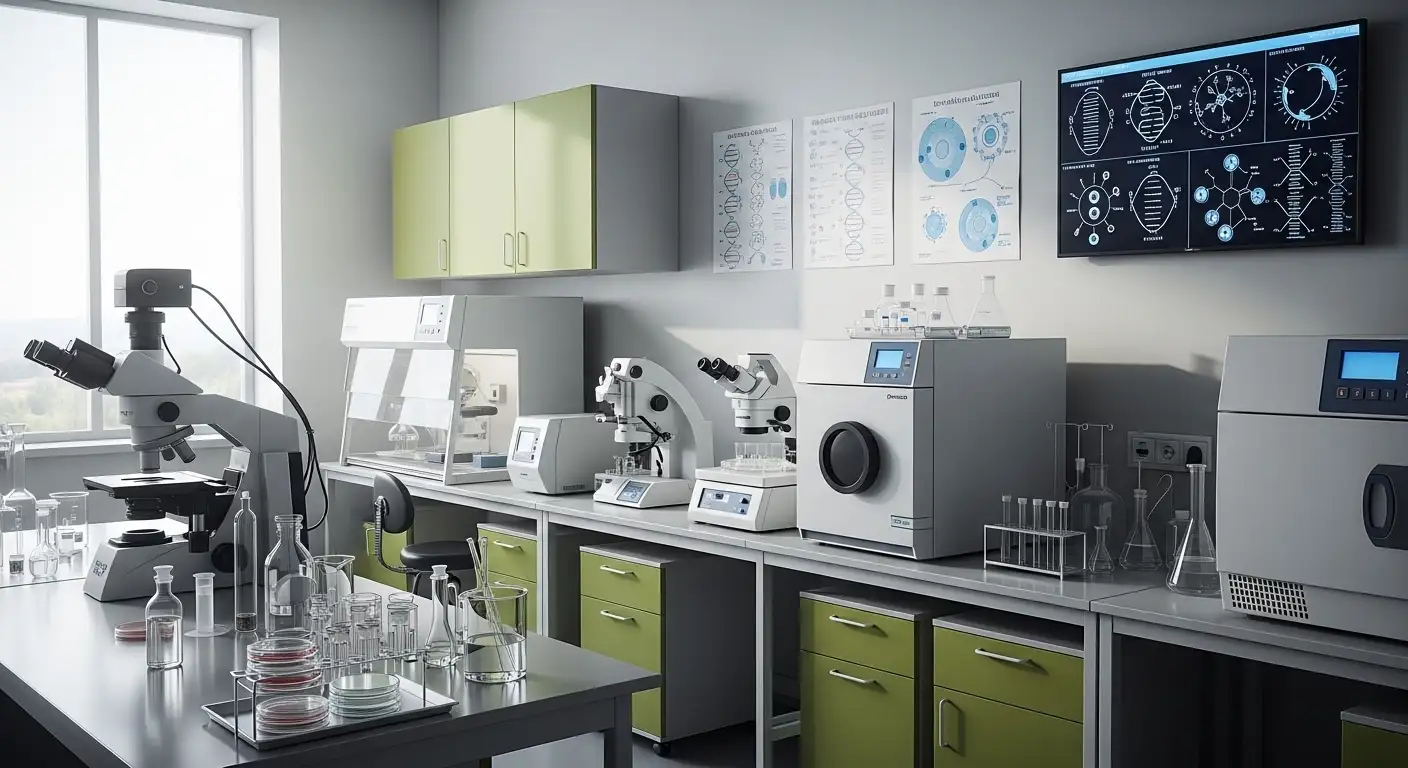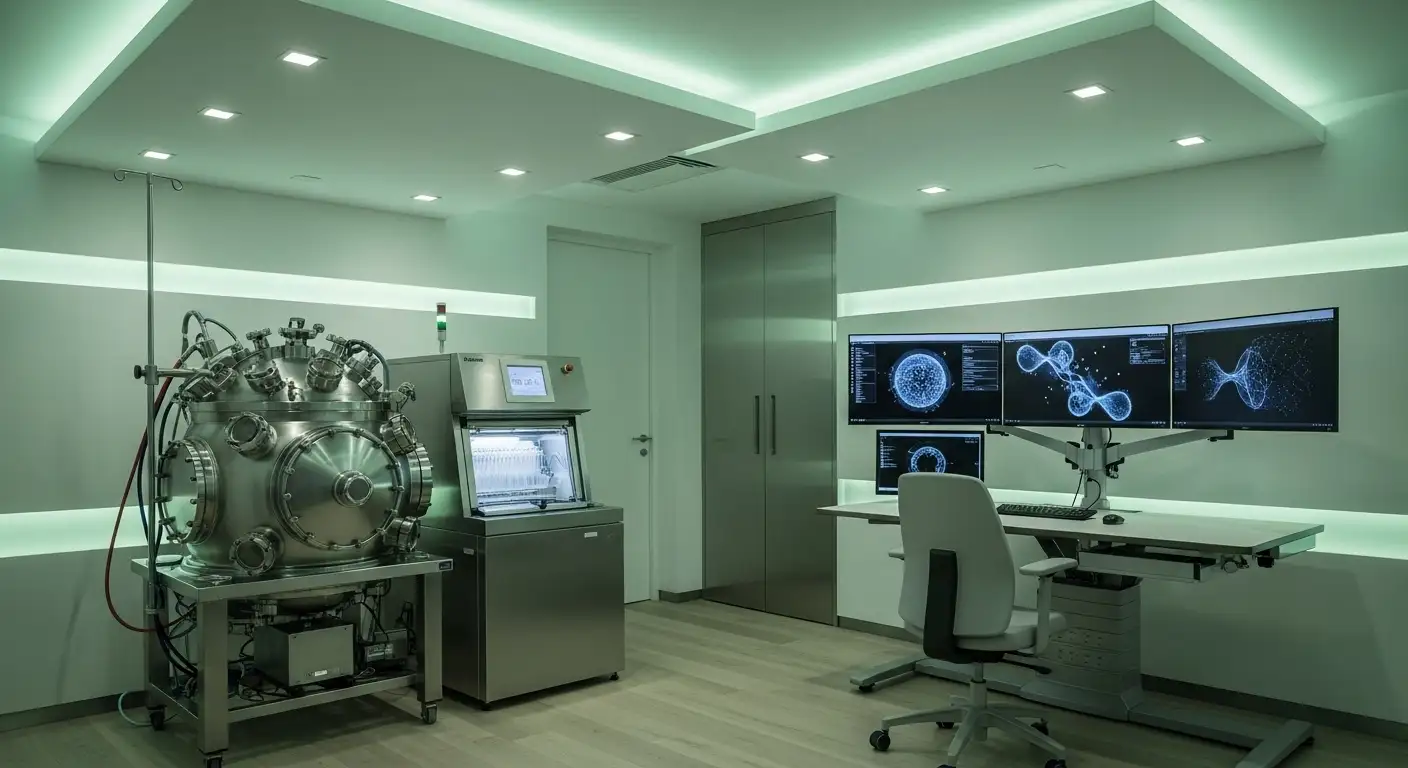Fertility options for cancer survivors
Reproductive Futures Post-Cancer: Exploring Viable Options

Understanding Fertility Preservation After a Cancer Diagnosis
A cancer diagnosis can be life-altering, especially for individuals who wish to preserve their ability to have children in the future. Advances in oncofertility—a specialized intersection of oncology and reproductive medicine—have made it possible for many survivors to maintain their reproductive potential. This article explores the various fertility preservation options available, the impact of cancer treatments on fertility, safety considerations, success rates, associated resources, family-building alternatives, and the emotional and financial aspects involved.
Fertility Preservation Options for Cancer Survivors
What are the fertility preservation options available for cancer survivors?
Fertility preservation plays a vital role for cancer survivors who wish to maintain their ability to have children in the future. There are several methods tailored to different needs, ages, and medical situations.
For women, common options include egg cryopreservation, where mature eggs are stimulated, retrieved, and rapidly frozen for future use. Embryo freezing involves fertilizing eggs with sperm before freezing, offering a higher success rate for pregnancy. Ovarian tissue cryopreservation, an experimental technique, involves surgically removing and freezing ovarian tissue, which can later be re-implanted or used with advanced reproductive technologies.
Ovarian transposition is another surgical procedure that moves the ovaries out of the radiation field during pelvic radiotherapy, reducing damage and helping preserve ovarian function.
In addition, ovarian suppression with GnRH agonists is a promising approach aimed at protecting ovaries from chemotherapy-induced harm. Although studies show mixed results, some evidence suggests it could improve fertility preservation outcomes.
Fertility-sparing surgeries, for certain early-stage cancers, allow removal of diseased tissue while preserving reproductive organs, especially in cases of gynecologic cancers.
Men have similarly multiple options. Sperm cryopreservation, the most established method, involves collecting and freezing sperm prior to treatment. For prepubertal boys or men unable to ejaculate sperm, testicular tissue banking—currently experimental—aims to preserve germ cells by freezing testicular tissue.
Treatment decisions depend on individual factors, including age, cancer type, urgency of treatment, and personal reproductive goals. Patients are advised to consult with specialized healthcare providers early to explore the most suitable options and coordinate timely interventions.
Impact of Cancer Treatments on Fertility

What is the impact of cancer treatments on fertility?
Cancer therapies such as chemotherapy, radiation, and surgery can have serious effects on a person's ability to conceive. These treatments can damage reproductive organs, such as the ovaries in women and the testes in men, leading to reduced fertility or even permanent infertility.
Chemotherapy, especially when using alkylating agents, is known to harm egg and sperm production. In women, it can cause the loss of ovarian follicles, resulting in early menopause or hormonal imbalances that affect ovulation. Men may experience decreased sperm count or azoospermia, which is the absence of sperm in semen.
Radiation therapy directed at the pelvic region can impair reproductive function by directly damaging the reproductive tissues. For women, pelvic radiation can cause ovarian failure and damage the uterus, making pregnancy difficult or impossible. In men, abdominal or pelvic radiation may reduce sperm production or harm testicular function.
Surgical procedures involving reproductive organs, such as removal of the uterus or testes, can also result in infertility. Overall, the impact varies depending on the treatment's type, dose, duration, and the patient’s age and baseline fertility.
The risk of temporary versus permanent infertility is influenced by these factors. Younger women often have a higher chance of recovery compared to older women, but even menstruating women can face premature menopause due to treatment damage. It’s crucial for patients to discuss fertility risks with their medical team early and consider preservation options before starting cancer therapy.
Fertility preservation methods, including egg, sperm, or embryo freezing, have become vital tools in helping patients maintain reproductive potential. Early intervention and tailored treatment planning improve the chances of future family building after completing cancer treatment.
Risks and Safety Considerations of Fertility Preservation Methods

What are the risks and safety considerations associated with fertility preservation methods?
Fertility preservation techniques for cancer patients involve a range of procedural and biological risks that must be carefully assessed. Surgical procedures, such as ovarian tissue harvesting or ovarian transposition, can carry complications including bleeding, infection, and damage to surrounding tissues. In particular, ovarian tissue cryopreservation is still considered experimental, with concerns about reimplanting potentially malignant cells, especially in blood cancers like leukemia.
Hormonal stimulation is a core part of egg and embryo cryopreservation, which involves administering medications to induce the ovaries to produce multiple eggs. This process can cause ovarian hyperstimulation syndrome (OHSS), a condition characterized by swollen, painful ovaries and fluid imbalance, which may require medical intervention. Additionally, hormone treatments temporarily alter hormone levels, which might pose risks in hormone-sensitive cancers, such as some breast cancers.
Another concern is the potential for multiple pregnancies resulting from transferred multiple embryos, which increases risks for birth complications and preterm labor. While the overall chance of birth defects remains low, some studies suggest a slightly elevated risk associated with assisted reproductive technologies, especially when multiple embryos are transferred.
There is also the possibility of delays in commencing cancer treatment, especially with protocols requiring extensive ovarian stimulation. Such delays might impact overall prognosis if cancer is aggressive. Moreover, experimental procedures like ovarian tissue cryopreservation and testicular tissue freezing are still under study, and their long-term safety and success rates are not yet well established.
Psychologically, the decision to pursue fertility preservation can be stressful, adding emotional burden during a difficult cancer treatment period. Patients should receive comprehensive counseling about these risks, considering their age, type of cancer, prognosis, and personal fertility goals.
Overall, delivering fertility preservation care requires a collaborative, multidisciplinary approach to ensure that reproductive intentions are balanced with safety, efficacy, and the urgency of cancer treatment. Medical teams must weigh these factors to optimize health outcomes and support emotional well-being.
| Risk/Consideration | Description | Additional Notes |
|---|---|---|
| Surgical complications | Bleeding, infection, tissue damage | Relevant for tissue harvesting procedures |
| Hormonal side effects | OHSS, hormonal imbalance | Critical in egg/embryo cryopreservation |
| Treatment delays | Postponing cancer therapy | Must be balanced against cancer aggressiveness |
| Malignant cell reintroduction | Reimplanting cancer cells | Particularly in ovarian tissue transplant |
| Ovarian hyperstimulation syndrome | Severe ovarian swelling | Usually manageable, but serious in some cases |
| Multiple pregnancies | Increased birth risks | Usually mitigated by single embryo transfers |
| Birth defects | Slightly increased risk | More common with multiple embryo transfers |
| Emotional impact | Anxiety, stress | Needs psychological support |
Practitioners should personalize fertility preservation plans, thoroughly informing patients about these risks, and ensuring each patient’s safety and reproductive wishes are harmoniously prioritized.
Effectiveness and Success Rates of Fertility Preservation Methods
 Fertility preservation offers hope to cancer patients wishing to maintain their reproductive potential. The success rates of these methods depend on the chosen technique and individual factors such as age at treatment and overall health.
Fertility preservation offers hope to cancer patients wishing to maintain their reproductive potential. The success rates of these methods depend on the chosen technique and individual factors such as age at treatment and overall health.
For men, sperm cryopreservation is the most established and effective method. It boasts pregnancy success rates between 28% and 41%, with sperm retrieval success spanning 43% to 58%. These high success rates make sperm banking a reliable option for most male patients.
Women have several options, with embryo cryopreservation being the most mature and dependable. It achieves clinical pregnancy rates of approximately 49% per transfer and live birth rates from 35% to 41%. Advances in vitrification—an ultra-rapid freezing technique—have significantly improved outcomes, with survival rates after thawing reaching around 92.5%.
Oocyte cryopreservation, once considered experimental, has seen tremendous progress. Current success rates show survival of thawed eggs at about 92.5%, with live birth probabilities around 26% to 32%. This makes egg freezing a viable choice especially when delaying treatment or choosing to remain childless at that moment.
Experimental methods like ovarian tissue cryopreservation have reported promising results. Live birth rates from preserved ovarian tissue vary widely, from roughly 8.8% to as high as 37%. While still considered experimental, success stories suggest potential, particularly for women who need urgent treatment or have prepubertal disease.
Overall success is influenced by factors such as patient age. Younger women typically have higher success rates due to higher egg quality and ovarian reserves. As age increases, these success probabilities decrease, emphasizing the importance of early planning.
In conclusion, fertility preservation techniques demonstrate encouraging effectiveness, with ongoing improvements making them safer and more reliable for cancer survivors wishing to conceive in the future.
More info: Search for "Success rates of fertility preservation" for detailed statistics and latest research updates.
Guidelines and Recommendations from Experts and Organizations
 Prominent organizations such as the American Society of Clinical Oncology (ASCO), the American Society for Reproductive Medicine (ASRM), and the National Comprehensive Cancer Network (NCCN) have established guidelines concerning fertility preservation for cancer patients.
Prominent organizations such as the American Society of Clinical Oncology (ASCO), the American Society for Reproductive Medicine (ASRM), and the National Comprehensive Cancer Network (NCCN) have established guidelines concerning fertility preservation for cancer patients.
These guidelines underscore the importance of early and comprehensive fertility counseling for all patients of reproductive age diagnosed with cancer. They recommend that healthcare providers refer patients promptly to fertility specialists before beginning any gonadotoxic treatments like chemotherapy or radiation, to maximize preservation options.
The recommended fertility preservation methods include sperm banking for men, and for women, options such as egg freezing, embryo cryopreservation, and ovarian tissue freezing—though some techniques are still considered experimental.
A multidisciplinary approach is essential. This involves oncologists, reproductive endocrinologists, and mental health professionals working together to create personalized plans that support the patient’s oncology treatment while addressing fertility goals.
Patient education is also emphasized, ensuring patients understand their options, risks, and potential outcomes. Improving access to fertility preservation services through coverage and financial assistance is a major focus to reduce barriers and facilitate timely intervention.
These guidelines seek to standardize care, promote early discussion, and help patients make informed decisions about their reproductive futures during cancer treatment.
Resources and Guidance for Cancer Survivors Seeking Fertility Options
What resources and guidance are available for cancer survivors seeking fertility options?
Cancer survivors interested in preserving their fertility have access to a range of specialized resources and expert guidance. Leading reproductive clinics and oncofertility centers offer tailored assessments and procedures, such as sperm, egg, or embryo freezing, before starting cancer treatments. These clinics often have dedicated patient navigators to help explain options, manage scheduling, and coordinate care.
Organizations like LIVESTRONG Fertility and SaveMyFertility.org provide vital information about fertility preservation options, including financial aid and discounts. LIVESTRONG Fertility, for example, partners with clinics nationwide to offer savings on procedures and sometimes provides free medications, easing financial burdens. ReproTech’s Verna’s Purse program also offers financial assistance specifically targeting those facing economic challenges.
Support networks, including counseling services and support groups offered through CancerCare and similar organizations, help address the emotional toll associated with fertility concerns. These services provide coping strategies, psychosocial support, and educational workshops to help survivors feel informed and supported.
For comprehensive guidance, survivors are encouraged to consult with fertility specialists early, ideally before beginning cancer treatments that could impair reproductive function. These collaborations ensure that individuals are well-informed of their options, including the latest advances like ovarian tissue preservation or in vitro maturation, and can plan accordingly.
Early planning is especially crucial as many fertility preservation procedures are time-sensitive, and delays may limit options or increase costs. By utilizing these resources and seeking prompt advice, survivors can maximize their chances of building a family after their cancer journey.
Family-Building Alternatives for Cancer Survivors
What are family-building options available to cancer survivors?
Cancer survivors seeking to expand their families have several options, depending on their health status and fertility preservation measures taken prior to treatment. Assisted reproductive techniques are common, including in vitro fertilization (IVF), intrauterine insemination, and embryo transfer. These procedures can use the survivor's own eggs or sperm if fertility was preserved.
For those unable to carry a pregnancy due to medical reasons or treatment effects, surrogacy and gestational carrier arrangements are viable options. These involve another woman carrying the pregnancy for the intended parent. Donor eggs or sperm are also frequently used to overcome infertility caused by cancer treatments. Donor egg programs, for example, provide women with a chance to conceive using eggs from a healthy donor.
In addition, adoption remains a meaningful and accessible pathway for many cancer survivors interested in becoming parents. This option involves legal and medical assessments but offers an alternative for building a family when biological options are limited.
It is advisable for survivors to discuss fertility preservation options with their healthcare team early, ideally before beginning cancer treatment, to optimize family-building chances. Financial support programs, such as fertility grants and adoption assistance, can help offset costs involved in these processes.
Overall, with modern reproductive medicine and supportive resources, most cancer survivors can find pathways to parenthood tailored to their unique circumstances.
Empowering Survivors with Knowledge and Resources
Fertility preservation and family-building post-cancer have become more attainable thanks to medical advances, specialized guidelines, and dedicated support programs. By understanding the available options, associated risks, and success rates, survivors can make informed decisions aligned with their personal goals and circumstances. Early consultation with healthcare providers, access to counseling and emotional support, and financial aid resources play crucial roles in navigating the journey of building a family after cancer. With continued advancements and increased awareness, future survivors will find greater opportunities to realize their reproductive dreams.
References
- Fertility preservation: Understand your options before cancer treatment
- Livestrong Fertility
- Medical and Psychosocial Aspects of Fertility After Cancer - PMC
- Fertility, Cancer, Patients, Information, Resources - Cancer Care
- Fertility and Cancer: What Are Your Options?
- Fertility After Cancer Treatment - City of Hope
- Financial Assistance Programs - Alliance for Fertility Preservation

